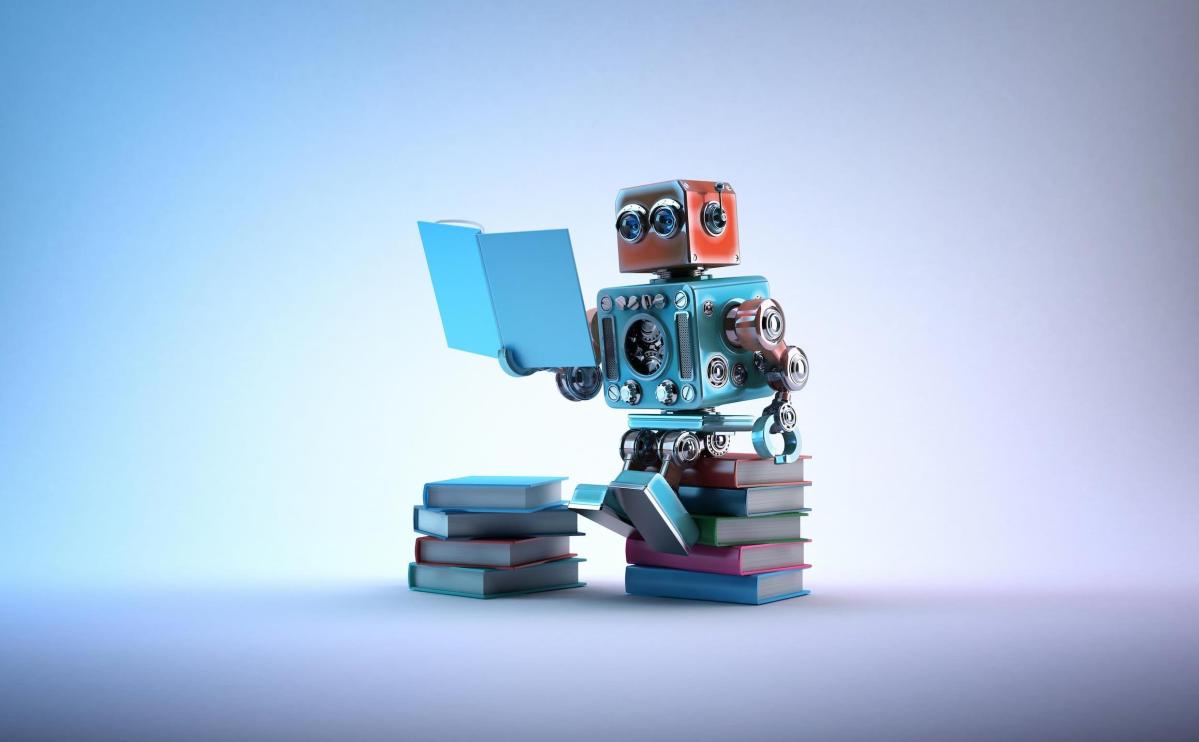The coronavirus pandemic has demonstrated the importance for cultural institutions to embrace new technologies as a way to connect and engage with their communities. We had already seen an interest in artificial intelligence (AI) before the pandemic, which largely boiled down to two factors – the need to make actionable sense of vast and unprecedented amounts of data, and the availability of the computing power to make that possible.
This combination of factors is allowing arts organisations to do some serious blue sky thinking about how emerging technologies can be used to make lives better, whether for the organisations providing services or the consumers consuming them.
Take libraries for example. Two of the main areas where AI can be of assistance are for cataloguing, so staff and users can retrieve relevant information on demand, faster; and for identifying and mapping new patterns and connections across collections in Australia and worldwide.
AI’s ability to perform tasks that normally required human intelligence – such as visual perception, speech recognition, and decision-making – is creating fantastic possibilities to not only engage with consumers in new ways, but transform the end user experience and expand the discoverability of content, delivering a richer learning experience.
AI-powered cataloguing
The forced shut down of businesses across the art sector has required many to rethink their IT strategy and how they can connect with their communities online. A big part of how they can do this is by being able to provide high quality content faster and in places where people expect to find it.
For libraries and museums, consistently delivering up-to-date and valuable information and content requires cataloguing – one of the most labour intensive tasks for their staff. This task has become all the more challenging as the size and complexity of collections grow thanks to the increasing variety of items that need to be recorded across different media types.
AI is changing this. In Melbourne’s Stonnington Libraries, new library items can be recorded in just minutes to be made available to users. This helps to keep collections fresh and users coming back for more, while reducing the amount of time library staff have to spend on cataloguing. It provides space for energy to be turned to higher value tasks.
Arts institutions are also exploring how AI can help them make vast amounts of information from sources that were not previously readily searchable more accessible and discoverable with AI-powered cataloguing. This includes a wide variety of content from archives including photos, videos, artefacts and newspaper clips.
In conjunction with Microsoft’s cognitive services, Stonnington libraries trialed a pilot program that provided users with more than 10,000 images which were analysed so that they can be retrieved using new kinds of keywords, such as brand names or local points of interest.
More rapid and accurate tagging has the potential to transform engagement with consumers too. In Stonnington, they envision a future in which a 30-minute oral history will be transcribed by AI within minutes, automatically catalogued and made available for discovery.
Finding new patterns
As the saying goes, two heads are better than one. The same is true of libraries and museums for a similar reason – the more knowledge that can be brought to bear on a situation, the better.
AI holds the potential to make libraries, museums and other cultural institutions more relevant and valuable throughout lockdown and beyond, by increasing their capacity to become repositories of genuine discovery or delight.
By analysing vast amounts of data across a variety of collections – both locally, nationally and internationally – AI can help users uncover insights and patterns within and across collections that a human may never have otherwise found, or which might have taken weeks, months or years to pick up on.
Cultural institutions have long been much-loved public spaces. AI is opening up limitless possibilities for further expanding their role and value, ensuring they stay relevant, innovative and inviting places where people can discover and learn throughout the pandemic and beyond.





